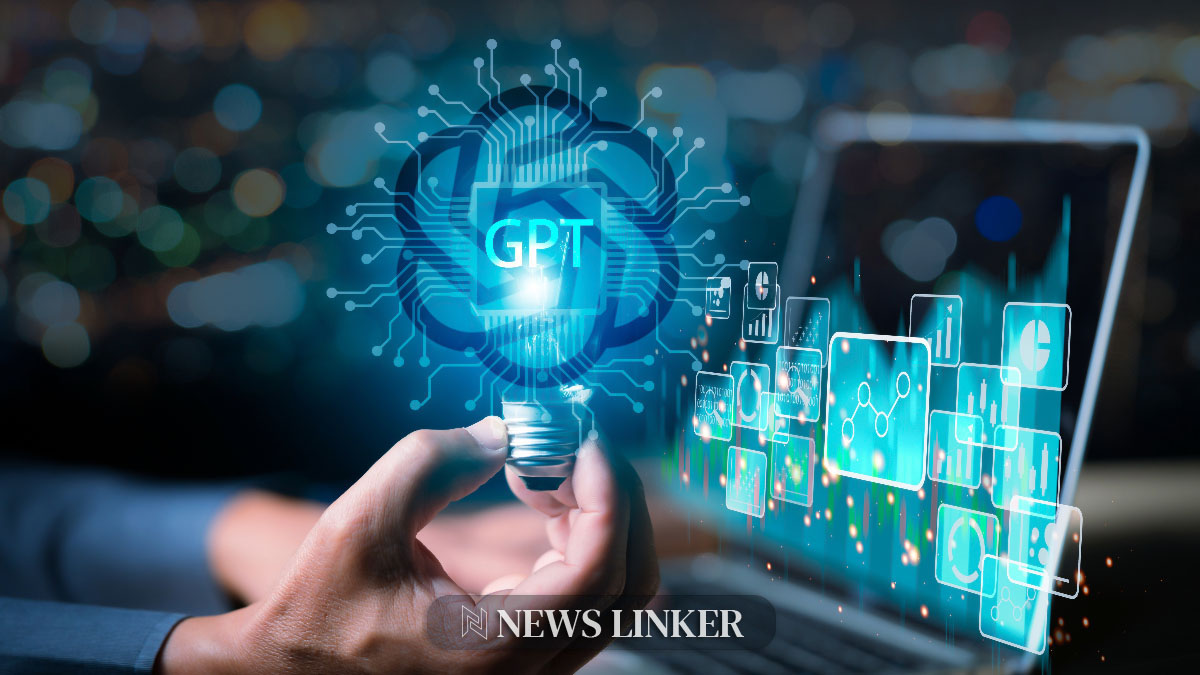OpenAI recently unveiled new capabilities for ChatGPT at a well-attended launch event, showcasing advancements that could rival traditional voice-activated assistants like Siri. This release marks a significant enhancement in the AI’s ability to handle voice and visual information, stepping closer to a more integrated and accessible AI solution. These updates aim to make ChatGPT more user-friendly and versatile, expanding its applications beyond mere text-based tasks.
Exploring similar technological advancements in the past, companies like Apple and Google have consistently upgraded their AI systems to interpret and respond to both spoken commands and visual cues. However, OpenAI’s recent update appears to push the boundary further by integrating these features into a single AI entity, ChatGPT. Unlike previous iterations of voice assistants that focused primarily on voice and maintained separate developments for visual capabilities, ChatGPT’s combined approach could streamline user interactions with technology through a unified platform.
Reflecting on earlier models of AI, which often handled tasks in isolation, the integration seen in ChatGPT illustrates a growing trend towards more holistic AI systems. These systems are not only more efficient but are also designed to provide a more intuitive user experience. This shift is evident in the way these technologies are being developed, focusing more on seamless integration rather than just adding new features.
Significant Enhancements in AI Capabilities
The new features introduced by OpenAI include advanced voice recognition algorithms and enhanced visual processing capabilities. These enhancements allow ChatGPT to understand and process user requests more accurately and to interact in a more human-like manner. The AI can now handle complex queries that involve both text and image inputs, making it significantly more robust compared to its predecessors.
Practical Applications and User Interaction
With these advancements, ChatGPT can now be utilized in various new contexts. From aiding visually impaired users by describing visual content to supporting educational purposes through interactive learning modules, the potential applications are vast. Additionally, these features make ChatGPT an invaluable tool in customer service, where it can process inquiries via voice, reducing the need for typed input and enhancing the customer experience.
Concrete User Benefits
– Enhanced accessibility for users with visual impairments.
– Improved efficiency in handling mixed media queries.
– Expanded utility in educational and customer service sectors.
The unveiling of these new capabilities by OpenAI not only enhances the functionality of ChatGPT but also sets a new standard for AI interactions. By combining voice and vision, ChatGPT is poised to offer a more intuitive and natural user experience. This could potentially shift user expectations from AI systems, moving towards more versatile and seamlessly integrated technologies.
The advancements in AI capabilities demonstrated by OpenAI signify a step towards more sophisticated and user-centric AI systems. These systems are anticipated to become indispensable tools in various sectors, facilitating a smoother interaction between humans and technology. The continuous improvements and the pushing of boundaries in AI capabilities highlight the rapid pace of technological advancement, which promises even more sophisticated AI systems in the future.










